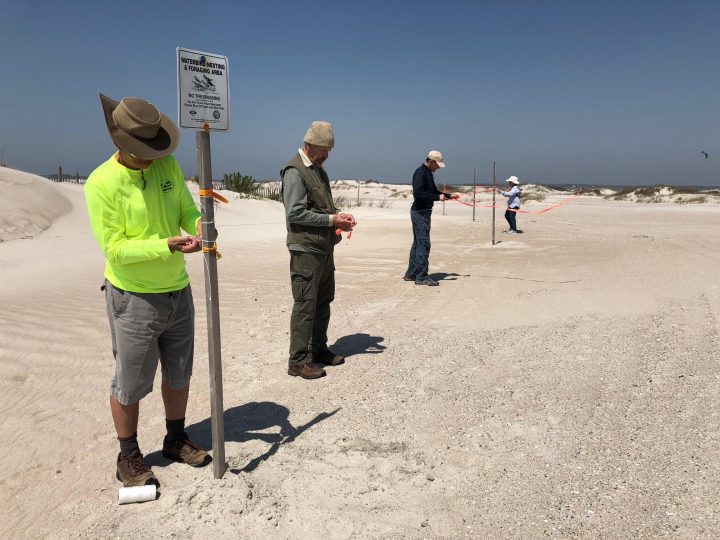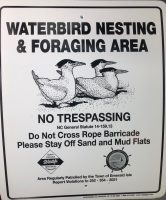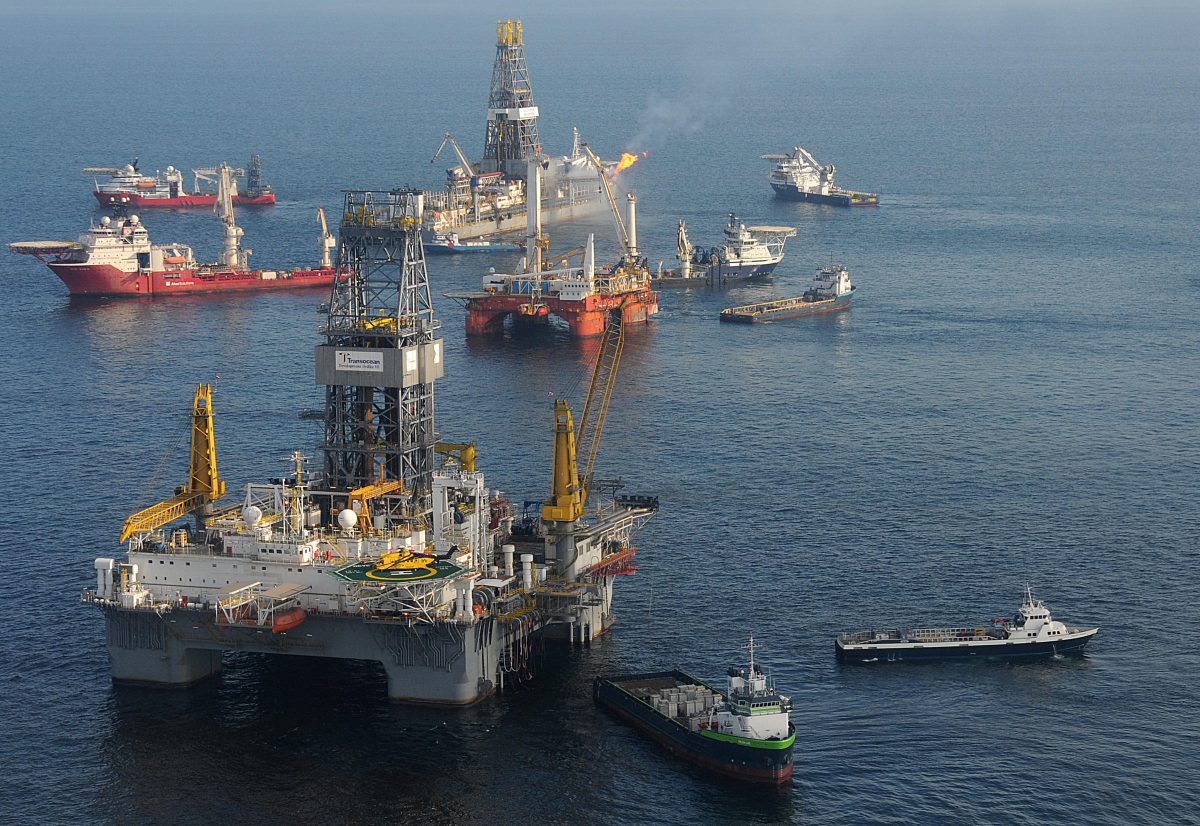
EMERALD ISLE – Near the shoreline of Bogue Inlet at the western end of Bogue Banks, the open sandy beach is decorated with small lumpy dunes and patches of shaggy grasses.
The gritty sound of the blades of my post hole diggers biting into the sandy soil is answered by the groan of oil-thirsty hinges as I pull the handles apart. A loose clump of sand is captured by my diggers and added to a small pile on the beach as the hole gets deeper.
Supporter Spotlight

Around me, people are placing posts with signs into the holes that I’ve dug while others are pulling a thick string between the posts and tying on bright orange flagging tape. As we work, curious beach strollers casually walk over and ask “what are you doing,” while overhead, the alarm of irritated shorebirds fills the air.
Each spring, all along the coastal sandy barrier islands, estuary islands and dredge spoil islands of North Carolina, thousands of shorebirds of several different species have arrived to breed and nest. Instinctually drawn to these critical habitats, they begin an arduous journey of survival. As the warm spring temperatures begin to climb, these same habitats also attract hundreds of thousands of beachgoers, boaters and anglers.
The North Carolina Wildlife Resources Commission is tasked with protecting shorebird nesting areas where birds nest in large groups, or colonies. But for these birds to thrive, they need our help, just simple actions that can keep these birds flying for generations to come.
To participate in the shorebird stewardship program, contact Diane Midness at dmidness@gnail.com.
[su_carousel source=”media: 29566,29567,29568,29569,29570,29571,29572,29573,29574,29575,29576,29577,29578,29579,29580,29581,29565″ width=”720″ height=”620″ items=”1″ title=”yes”]







